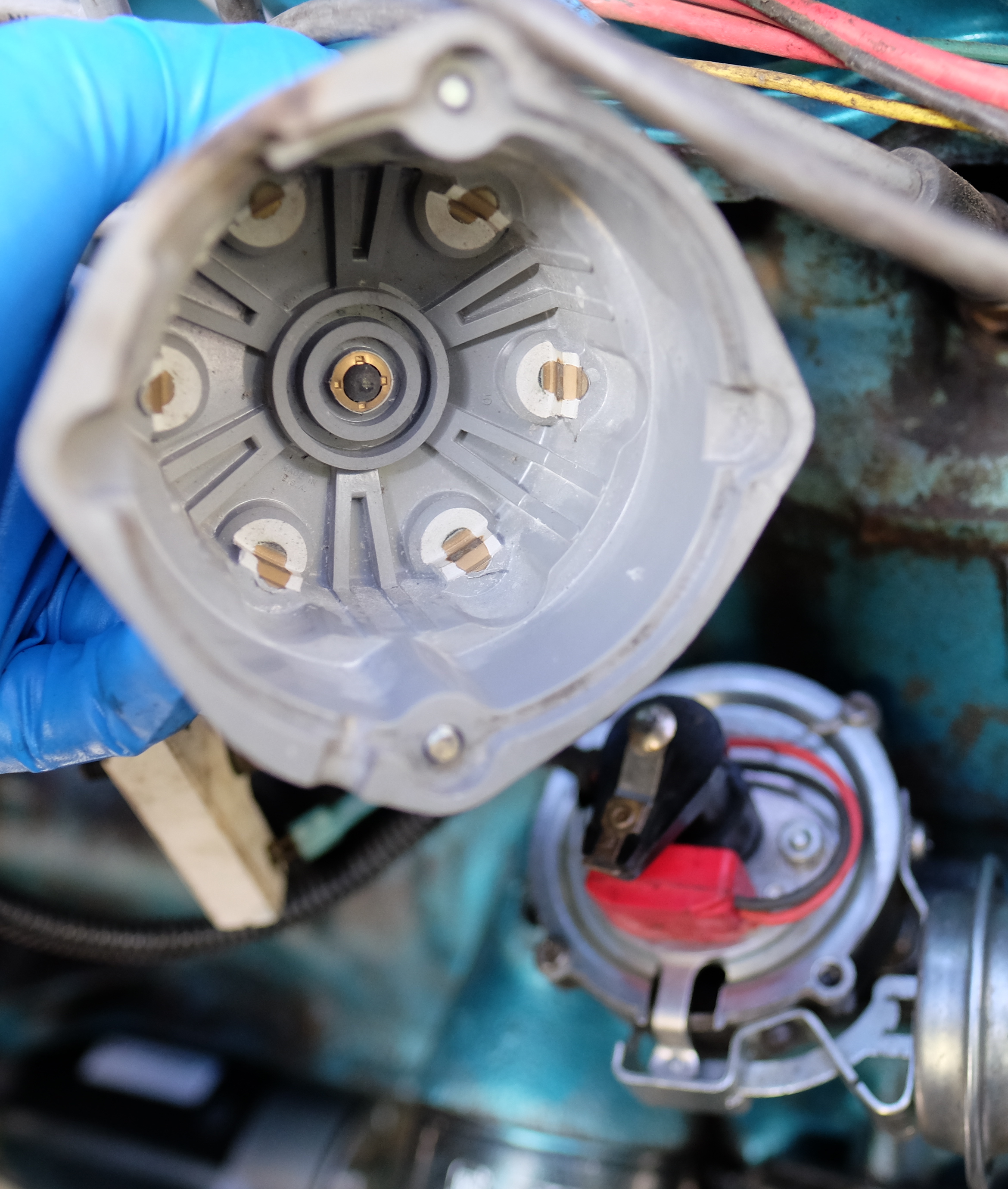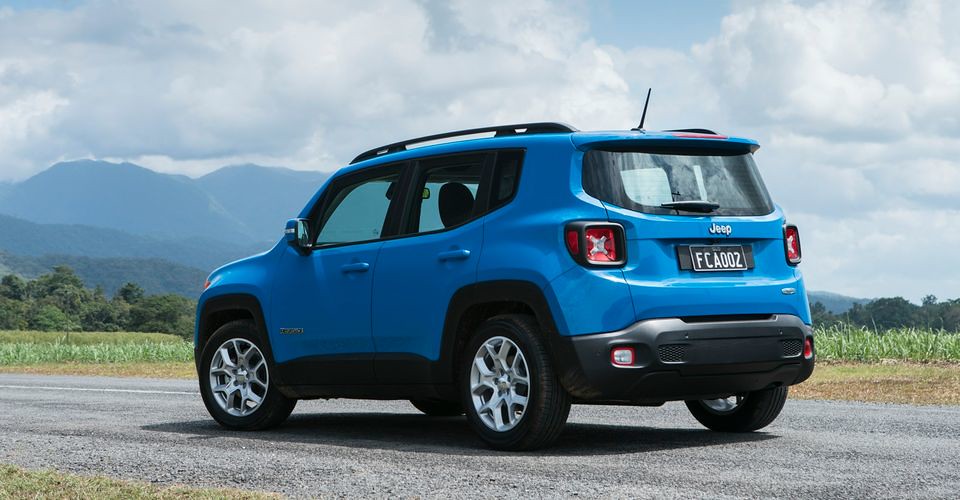
Dealing with a car that won’t start can be incredibly frustrating for drivers, often causing anxiety and confusion, especially when you’re pressed for time. Understanding the various potential causes of this issue can significantly reduce your stress and empower you to tackle the problem head-on. Common culprits behind ignition failure include a dead battery, a malfunctioning starter motor, or even an empty fuel tank. By getting to know these possibilities, you’ll be better prepared to troubleshoot effectively and take the right steps to hit the road again.

1. **Flat, Faulty or Dead Battery**: The battery is often the main culprit when a car won’t start, making it one of the most common issues drivers face. If you hear a rapid clicking sound when attempting to start the engine, chances are the battery is at fault. This could stem from leaving electrical components like lights on, not using the car for an extended period, or a fault within the battery itself. Cold weather can exacerbate the issue, as batteries struggle to hold their charge. If you find yourself with a flat battery, consider a jump start, but be ready to replace it if necessary.
2. **Starter Motor Problems**: One of the frequent reasons your car might not start is a faulty starter motor, which connects to the battery and kicks the engine into action when you turn the key. A classic indication of a starter issue is a loud clicking sound when you try to start the vehicle. If you encounter this symptom, it’s wise to have a mechanic examine your starter and the electrical systems to ensure everything is functioning properly.

3. **Fuel Problems**: Fuel-related issues are also common barriers to starting your car. These can stem from problems with the fuel pump or other parts of the fuel system. An empty gas tank can also cause starting headaches, so it’s crucial to keep an eye on your fuel gauge. If you mistakenly fill up with the wrong type of fuel, services like AA Fuel Assist are available to help resolve the issue and get you back on track.

4. **Electrical or Wiring Problems**: Sometimes, the issue lies within the car’s electrical system. Problems may arise with the fuse box, battery cables, or even the body control unit. Be mindful that rodents can cause damage by gnawing on wires, especially if the vehicle has been parked for a while.
5. **Engine Problems**: Engine mechanics can also halt your vehicle in its tracks. Issues with the crankshaft or timing belt might prevent the engine from starting. If you notice that the engine cranks faster than normal, there could be a mechanical issue at play.

6. **Faulty Immobilisers**: If your car’s security system fails to recognize your key, it may prevent you from starting your vehicle. This can happen if the battery in your key fob is low. Look for a flashing key symbol on your dashboard. If things aren’t working out, try using a spare key or consult a professional for a replacement.

7. **Alternator Problems**: The alternator is essential for recharging the battery and powering your car’s electrical components. If there are issues with the alternator drive belt or its wiring, it could lead to starting troubles. If your battery dies shortly after a jump start, suspect the alternator’s integrity.

8. **Engine Intake Issues**: Problems within the engine intake system may lead to challenges when trying to start your vehicle. Faulty fuel injectors or sensors can disrupt the essential fuel delivery needed for ignition. If you’ve experienced sputtering or whining sounds prior to your car failing to start, it may be time to investigate this critical area for potential issues.

9. **Spark Plugs**: Malfunctioning spark plugs are another common cause of starting problems. If the engine is cranked loudly without starting, you might be dealing with flooded spark plugs. This often occurs when the engine is turned off too soon after being started from cold.

10. **Checking Fuel Supply**: If your engine cranks but doesn’t start, fuel supply issues might be at play. Ensure you have sufficient gasoline in your tank—it’s surprisingly easy to overlook. If the tank is full, investigate the fuel pump and fuel injectors, as they may be malfunctioning. A clogged fuel filter can also prevent the necessary fuel flow, thus hindering ignition.

11. **Evaluating the Starter Relay**: Another frequent suspect in starting problems is the starter relay. This small yet essential component is responsible for transmitting power to the starter motor. If you hear a single click when attempting to start the engine, a faulty starter relay may be to blame. Replacing this relay is often a simple fix that can bring your vehicle back to life in no time.

12. **Understanding Engine Overheating**: An overheated engine can lead to severe issues that prevent starting. If your vehicle has recently been running hot, check for low coolant levels or signs of a worn-out water pump. These factors can affect engine performance and may require professional assistance to diagnose and repair.

13. **Recognizing Signs of a Bad Timing Belt**: The timing belt serves a critical function in synchronizing the engine’s movements. If it fails, your engine may not start at all. Symptoms of a bad timing belt include unusual noises or the engine turning over without catching. This problem demands immediate attention, as a broken timing belt can lead to extensive engine damage.

14. **Identifying a Fuel Pump Relay Issue**: The fuel pump relay is essential for supplying power to the fuel pump. If your car cranks but fails to start, there might be an issue with this relay. Testing it typically involves swapping it with another relay of the same type in the fuse box, which can often resolve the problem if the relay is indeed faulty.

15. **Inspecting the Distributor Cap**: In older vehicles equipped with distributor systems, a damaged distributor cap can be the reason your car won’t start. It’s essential to check for any cracks or signs of wear, as these issues can disrupt the electrical flow necessary for your engine to operate smoothly. Fortunately, replacing a faulty distributor cap can often restore functionality, allowing you to get your vehicle back on the road swiftly.

16. **Understanding Safety Features**: Many modern cars come packed with safety features that, while designed to protect you, can inadvertently block starting. Features like transmission safety switches require the vehicle to be in park or neutral before it can start. Make sure your car is set correctly before diving deeper into troubleshooting the no-start issue.
Related posts:
Top reasons why your car won’t start
Car Won’t Start? How to Tell If It’s the Battery or Alternator
The Top 5 Reasons a Car Won’t Start — Tommy’s Hi Tech Auto Repair






